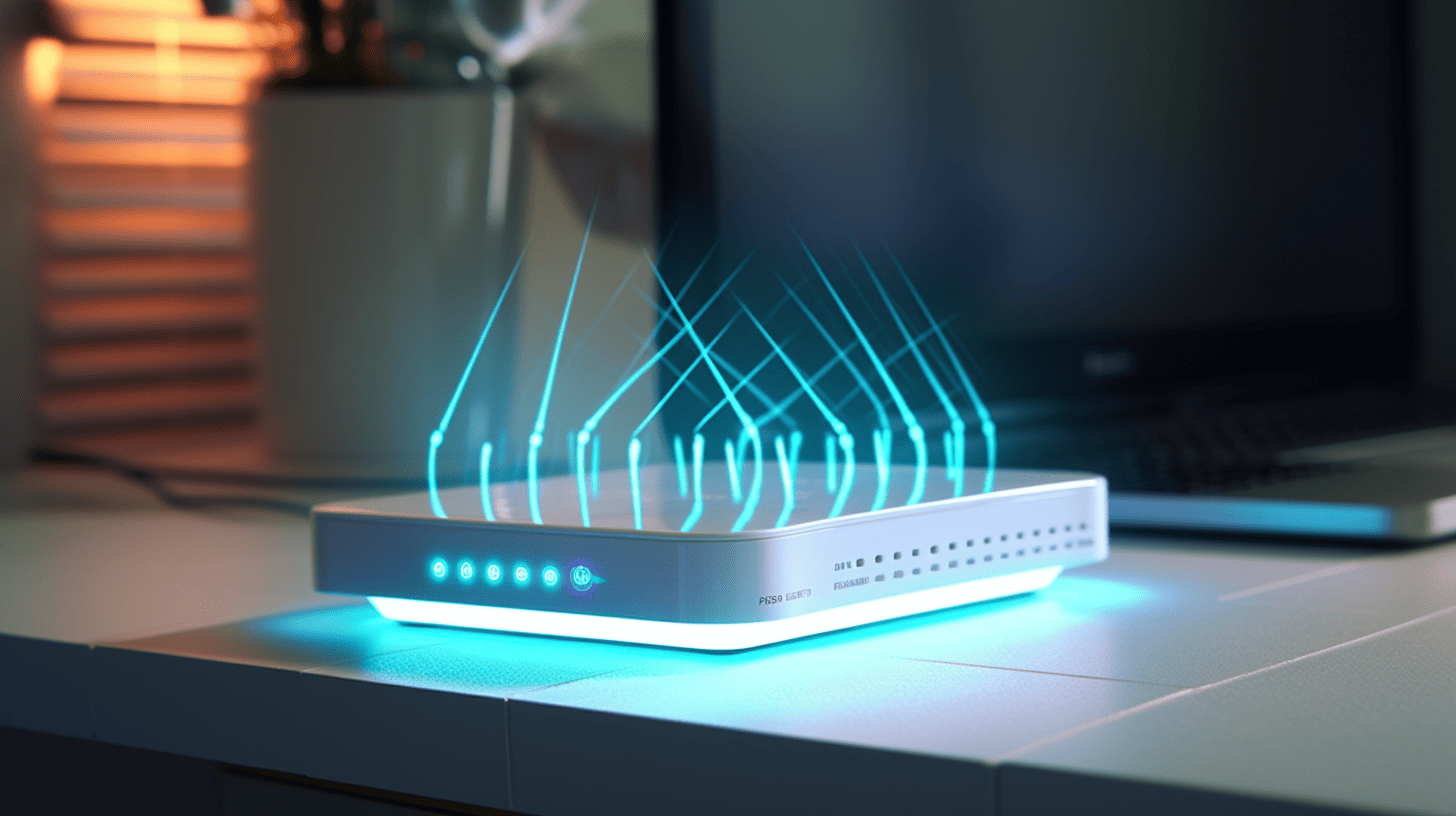We’ve all heard the term “Wi-Fi” thrown around in casual conversations, tech forums, and even in product reviews. But have you ever stopped to wonder what actually powers this ubiquitous technology that keeps us connected 24/7? One question that often pops up is: does Wi-Fi use microwaves? In this blog post, we’ll delve into the science behind Wi-Fi technology to answer this intriguing question.
What is Wi-Fi?
Before we jump into the nitty-gritty, let’s establish what Wi-Fi is. Wi-Fi is a wireless networking technology that allows devices like smartphones, laptops, and smart home gadgets to connect to the internet and communicate with each other without the need for physical cables. It operates over radio waves, which are a form of electromagnetic radiation.
The Electromagnetic Spectrum: A Brief Overview
To understand how Wi-Fi works, it’s essential to have a basic grasp of the electromagnetic spectrum. This spectrum is a range of all the different frequencies of electromagnetic radiation, from low-frequency radio waves to high-frequency gamma rays. Microwaves are a subset of this spectrum, falling between radio waves and infrared radiation.
The Connection Between Wi-Fi and Microwaves
Now, let’s get to the heart of the matter. Wi-Fi operates in the 2.4 GHz and 5 GHz bands (and 6 GHz with Wi-Fi 6e & Wi-Fi 7), which are indeed part of the microwave frequency range (1 GHz to 30 GHz). So, in a technical sense, yes, Wi-Fi does use microwaves to transmit data.
These frequency bands are part of the radio frequency (RF) range, which spans from 3 kHz to 300 GHz. Microwaves, on the other hand, start at 300 MHz and go up to 300 GHz.
Wi-Fi routers and microwave ovens both operate at a frequency of 2.4 GHz. However, there are significant differences between Wi-Fi and microwave ovens in terms of focus and power. Wi-Fi routers send signals omnidirectionally, while microwave ovens emit signals in a single direction, towards the center of the oven. Additionally, microwave ovens use much more power than Wi-Fi routers. A standard microwave generates around 1,000 watts of power, while a Wi-Fi router generates about 100 milliwatts (0.1 watts).
How Does It Work?
When you connect a device to a Wi-Fi network, the router sends out a signal in the form of a microwave. Your device picks up this signal, decodes the information, and voila—you’re connected to the internet. The process also works in reverse when your device sends data back to the router.
Is It Safe?
The mention of “microwaves” might raise concerns about safety, especially given that we also use microwave ovens for cooking. However, it’s crucial to note that the power levels involved in Wi-Fi technology are much lower than those in a microwave oven. Wi-Fi routers typically operate at a power level of less than 1 watt, whereas microwave ovens can use up to 1,000 watts. The low power ensures that Wi-Fi is generally considered safe for everyday use.
The Evolution of Wi-Fi Frequencies
It’s worth mentioning that Wi-Fi technology is continually evolving. The latest Wi-Fi 6 and Wi-Fi 6E standards operate not just on the 2.4 GHz and 5 GHz bands but also extend to the 6 GHz range. While still within the microwave spectrum, these advancements aim to provide faster and more reliable connections.
Conclusion
So, does Wi-Fi use microwaves? The answer is a resounding yes. Wi-Fi operates within the microwave frequency range, specifically between 2.4 GHz and 5 GHz (and now extending to 6 GHz with newer standards). However, the low power levels make it a safe technology for everyday use. Understanding the science behind Wi-Fi not only satisfies our curiosity but also allows us to appreciate the incredible engineering that keeps us connected every day.
- Why is BT Broadband Internet Slow & How to Fix Slow WiFi? - April 1, 2024
- eufyCam 2C vs Blink XT2 Compared - April 1, 2024
- Netgear Nighthawk RS700S Wi-Fi 7 Router Review - December 31, 2023

